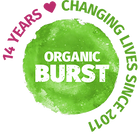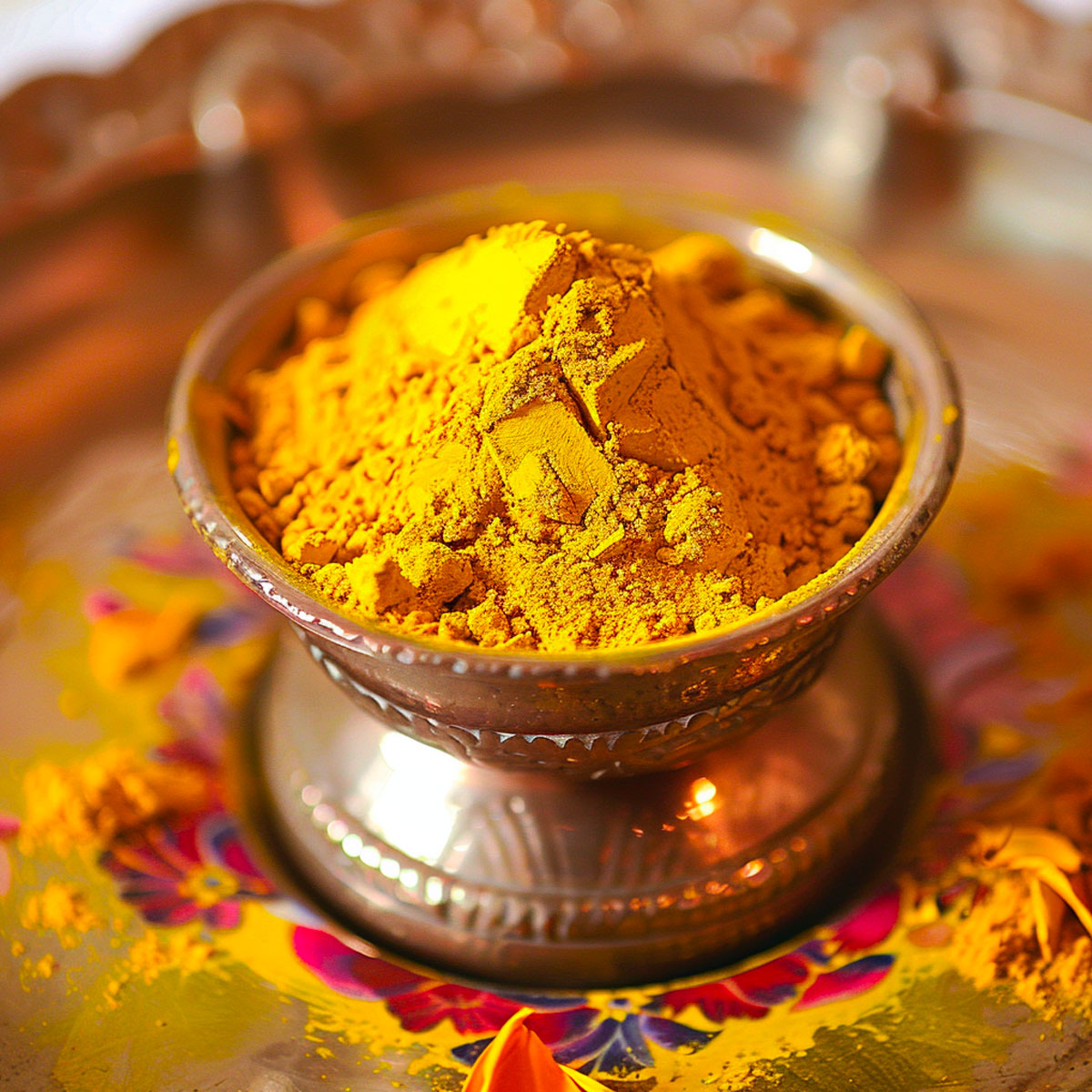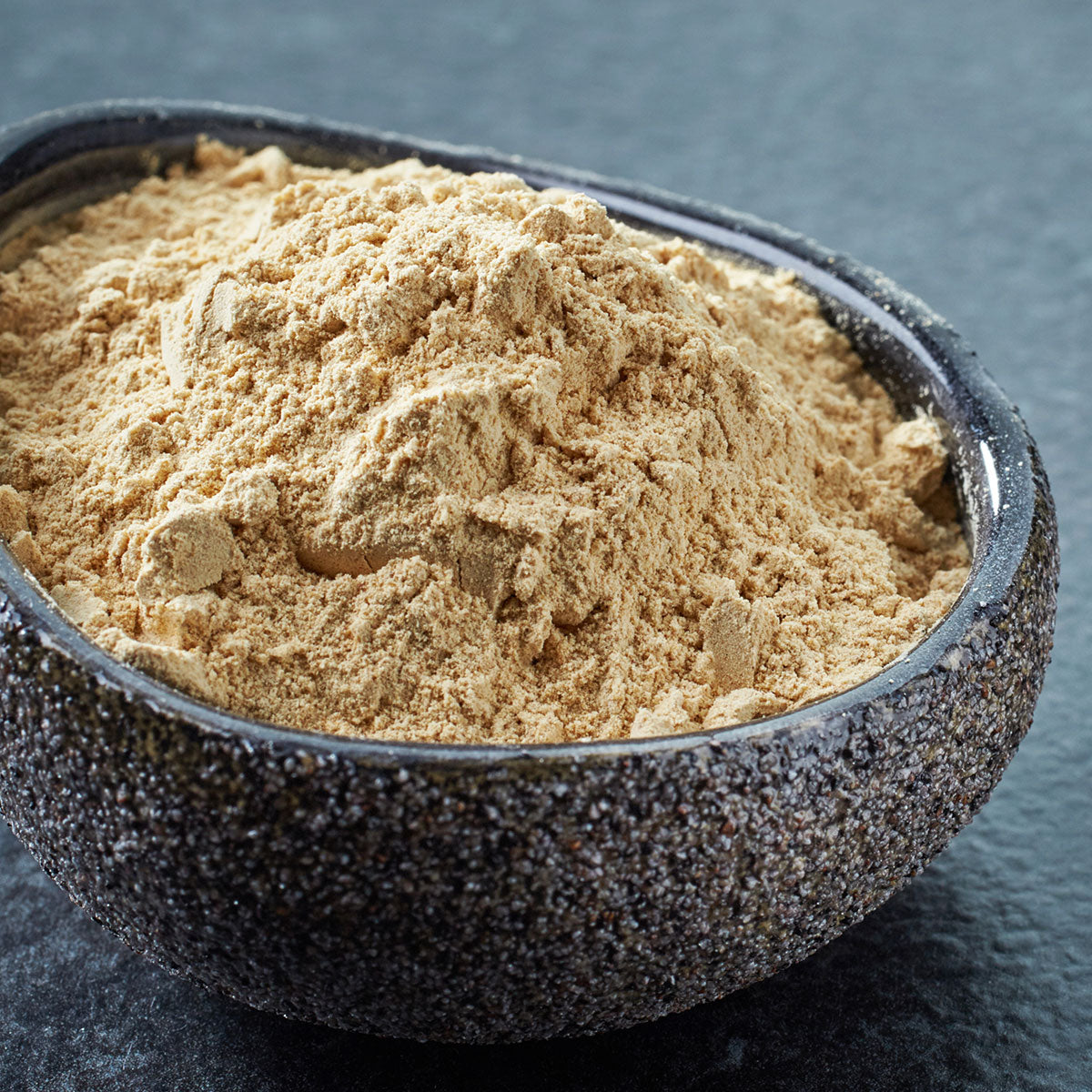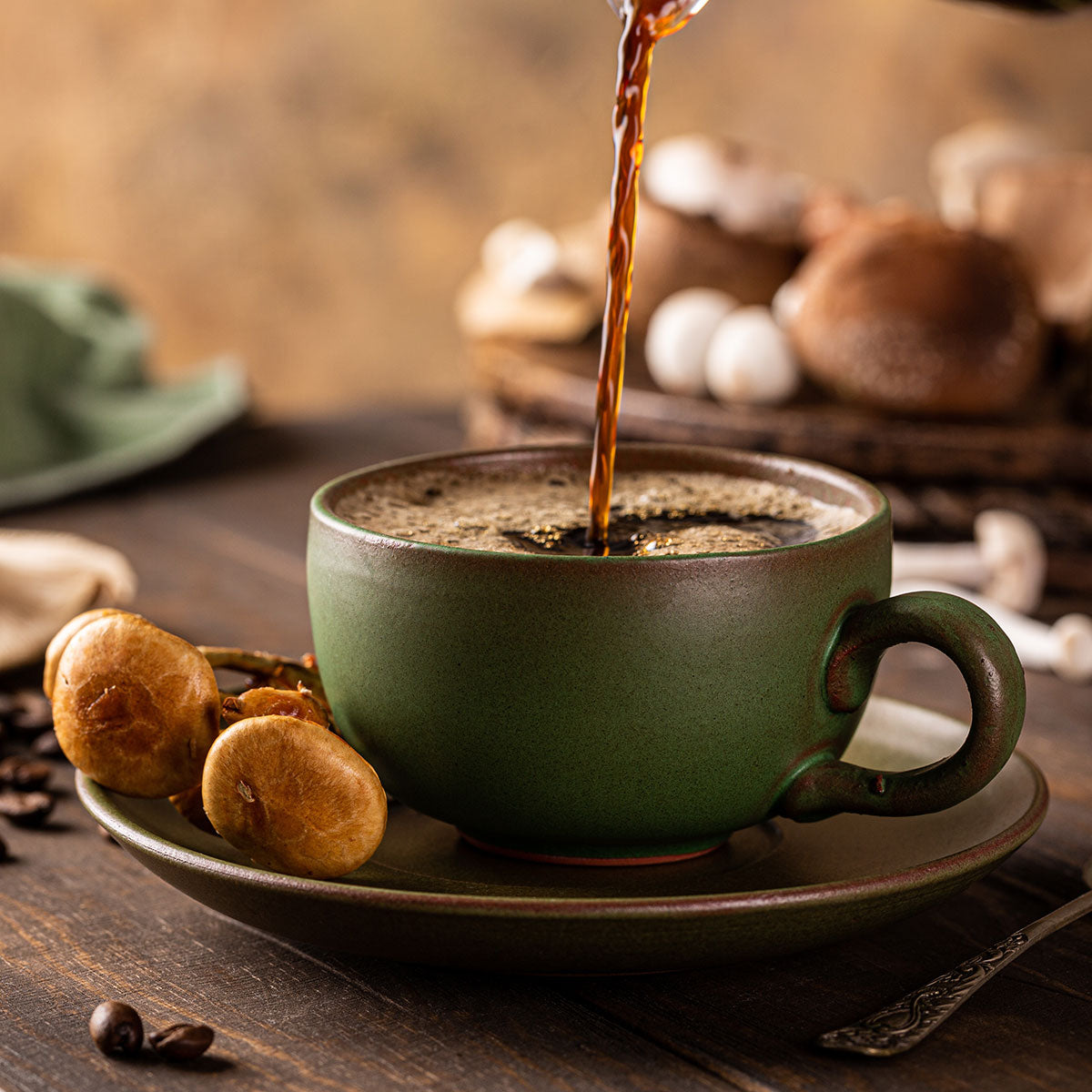Get all benefits of your healthy drinks and no downside with our expert guide!
- Find out whether juices or smoothies are right for you
- Understand where ‘health drinks’ go badly wrong
- Avoid the drinks that can damage your health and make weight problems worse
- Check out our Smoothie and Juice Cheat Sheet

The health set know that fresh juices and smoothies provide high levels of nutrients from vegetables and fruits quickly and easily, but there’s a right way and a wrong way to ‘drink your food’, which we explain in this article:
What’s the difference?
Some of the terms for different health drinks can get confusing...
Smoothie = whole fruits and vegetables are blended together often with a liquid such as plant based milk or water, and extras such as sweeteners, spices and superfoods.
Juice = where fruits and/or vegetables are put through a machine that extracts their water and nutrients. The plant fibre is removed completely.
Health shake = tends to be marketed as a meal replacement. Usually a blend of powdered food such as protein powder, plus ground seeds, powdered fruits, fibre, starches, synthetic added vitamins and minerals.
3 reasons to love juices and smoothies
- They’re a great way to pack a higher quantity and wider variety of vegetables into your diet.
- You can mix your superfood powders into them easily for extra health benefits.
- For weak digestive systems, they make nutrients easier to absorb.
So what’s the problem?
A lazy digestive system
Blending and juicing mean that eating a large quantity of fresh produce is very quick and easy, with virtually no effort on the part of your digestive system.
You could drink a juice with 4 carrots, 3 apples, 2 sticks of celery and some spinach in 1 minute, whereas it would take you a lot more time and energy if you were eating these whole.
The lack of chewing and effort from the digestive system mean that you don’t get the same sensation of fullness that tells your brain to switch off your appetite. You may find you’re hungry again shortly after your juice or smoothie.
High doses of sugar
Along with the vitamins, minerals, phytonutrients and water (all good things), a high amount of sugar arrives in your blood stream speedily. The sugars trigger a big spike in insulin (the hormone our bodies release when we eat sugar). Insulin moves the sugar into your muscles and fat cells for storage. So a big, sweet juice or smoothie actually triggers your internal messaging to produce extra fat!
“A big, sweet juice or smoothie actually triggers your internal messaging to produce extra fat.”
Tweet This
A regular onslaught of sugars, for instance ½ pint of carrot and apple juice every morning could even eventually make us less sensitive to insulin, leading to pre-diabetes, heart disease and a cascade of other health problems.
It’s so easy to pour out a glass of orange juice at breakfast, but a 300ml glass contains 30g of sugar, which equates to 7.5tsp.
Smoothies contain more fibre than juices, but blending breaks down the fruit, making the fibre less effective at slowing down the release of sugars.
Natural fruit sugar is still sugar!
Just because sugars from fruits and vegetables are natural, they still have a negative impact on the metabolism when we eat them in large quantities, and especially when we change their natural format by juicing or blending!
Feeding bad gut bacteria
Sugars from fruit and sweet vegetables can feed bad gut bacteria and cause an overgrowth that results in digestive upset.
If you notice a bloating, bubbling sensation in your lower tummy, more wind and potentially pain after drinking juices or smoothies, then cut back on all sugars so the bacterial balance doesn’t get worse and lead to further problems down the line.
What’s the solution?
1. Fibre, protein and fats in our meals slow down the release of sugars into the bloodstream because they require more work from our digestive systems. For this reason, smoothies tend to have a less negative impact on our metabolism than juices. For instance, a smoothie with berries, 1 banana, macadamia nuts and coconut milk will not trigger a big insulin spike because of the fats and protein in the milk and nuts.
OB Tip: Add a spoon of nut butter / a handful of seeds / cacao butter / some coconut oil / ½ avocdado, and use plant based milk as a base to your smoothies. This slows down the sugars from the fruity ingredients!
“Slow down the sugars from your smoothie by adding nut butter, seeds, coconut oil, or cacao butter.”
Tweet This
2. Use low sugar fruits and vegetables in your health drinks and make the ratio higher in vegetables to fruits.
- Juices should always include more vegetables (ideally green) than fruits, aim for at least 70% veg to start with, later on aim to eliminate all fruit from your juices. As you’re drinking veg juices more regularly you will grow to like the taste and won’t need to add fruit any more.
- If you’re including any high-sugar fruits in your smoothies, make sure they only amount to 1 portion, this is the only fruit, and the rest is veg.
High sugar fruits (limit to 1 serving per day – about ½ cup chopped fruit):
- Bananas
- Mangoes
- Pineapples
- Grapes
- Figs
Lower sugar fruits:
- Avocado
- Lemons
- Berries – strawberries, blackberries, red currants, cranberries, Organic Burst Acai Berries.
- Dragon Fruit
- Apples
- Pears
- Peaches
- Plums
- Nectarines
OBTip: Fruits that typically grow in the northern hemisphere will contain less sugar than those that grow in tropical climes.
Vegetables are much lower in sugars than fruits, especially leafy greens, but some root veg are quite high! Higher sugar vegetables – limit these to 0-1 servings per drink: Carrots Beetroot Sweet potatoes Parsnips
3. Drink your food at the appropriate time!
- Breakfast is a good time to drink a juice or smoothie because this is a great time to benefit from the enzymes that help your digestion along.
- After exercise is another good opportunity to replenish with a smoothie because your body is more sensitive to insulin at this time and you’ll use the sugars rather than them being stored as fat.
- If you have been ill and you need to restore your strength with a lot of nutrients without giving any work to your digestive system.
- When your digestion is not functioning very well, if you are suffering from digestive issues such as IBS or you have had a tummy upset.
- DON’T drink any fruits (vegetables are fine) if you suffer from any digestive issues or diabetes.
“If you suffer from digestive issues or diabetes, avoid drinking fruit-based smoothies and juices.”
Tweet This
Smoothie and Juice Cheat Sheet
- Always use more vegetables than fruit when juicing and blending to avoid a big blast of fruit sugar into your system.
- Use low-fructose fruit such as apples, pears, plums, peaches and berries.
- Keep very sweet fruits like bananas, mango or pineapple to maximum 1 serving per day.
- Add avocado or almond butter to a smoothie for healthy fats that slow down the effects of sugars.
- Sip – try not to glug your drink in one go, take 20mins to finish it, or drink half and save the rest for an afternoon snack or the next day.
- Add 1 tsp Organic Burst Wheatgrass and Organic Burst Baobab to your juices for fibre, which slows down the release of sugars.
- Choose the freshest ingredients possible – this could actually mean frozen or freeze dried, add Organic Burst Acai Berry (which is only 1% sugar compared with 16% in grapes) to your recipes!
- Choose organic to avoid very high levels of pesticides. If that’s not an option, find your closest farmer’s market where you can find out which farmers don’t spray their produce. According to Environmental Working Group (EWG), “apples, peaches, nectarines, strawberries, grapes, celery, spinach, sweet bell peppers, cucumbers, cherry tomatoes, imported snap peas and potatoes” are the highest pesticide containing fruit and veg.
- Make your own smoothies and juices, and avoid pasteurised shop-bought versions. Here's a great spirulina smoothie recipe to try!
When you’re too busy to get your blender or juicer out, you don’t have one, or if you’re away from home, you can still whip up a superfood health drink with Organic Burst!
Wheatgrass latte - pour a glass of almond milk and whisk in 1tsp Organic Burst Wheatgrass and a squeeze of rice malt syrup.
Maca-chino - warm a mug of your favourite plant-based milk and whisk in 1tsp Organic Burst Maca. Use a milk frother if you have one!
Simple spirulina - add 1tsp Organic Burst Spirulina to a glass, gradually add filtered water, mixing thoroughly, finish with a big squeeze of lemon.
Click through to our recipe pages to check out some great ideas for your next smoothie or juice!
LET US KNOW WHAT YOU THINK
Which do you prefer, juicing or blending? If you have an awesome tip or recipe, tell your fellow Bursters about it in the comments below!





